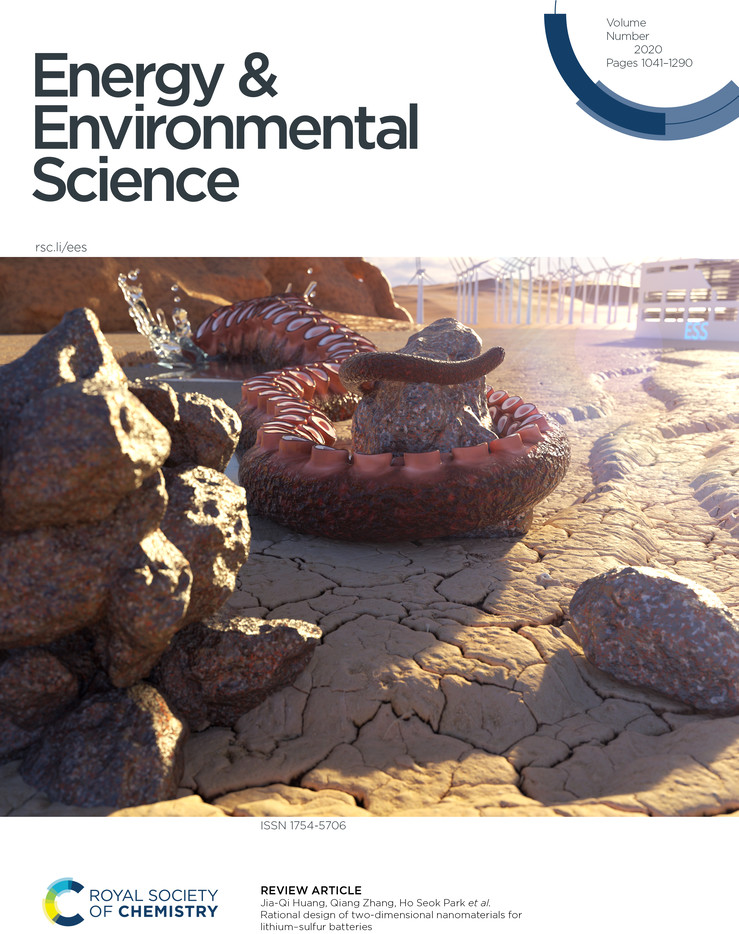Aqueous zinc (Zn)-based flow batteries offer a promising solution for energy storage due to their inflammability and high energy density. However, the formation of Zn dendrites, which leads to internal short circuits and reduced capacity, hampers their long-term use. This study introduces a highly stable method for Zn deposition and dissolution using a defective carbon surface. DFT calculations and electrochemical analysis reveal that single vacancy carbon defects prevent Zn surface diffusion and aggregation by forming strong orbital hybridization between Zn and the defect’s dangling bonds. This interatomic interaction allows for dendrite-free Zn deposition and excellent cycling stability in zinc–bromine flow batteries (ZBBs) over 5000 cycles at 100 mA cm−2 and 20 mA h cm−2, while maintaining a coulombic efficiency above 97%. This research provides new insights into defect chemistry, offering a novel approach to engineering advanced Zn-based aqueous batteries.-Scientific Journal cover design by scapiens
https://pubs.rsc.org/en/content/articlelanding/2020/ee/d0ee00723d#!divAbstract



